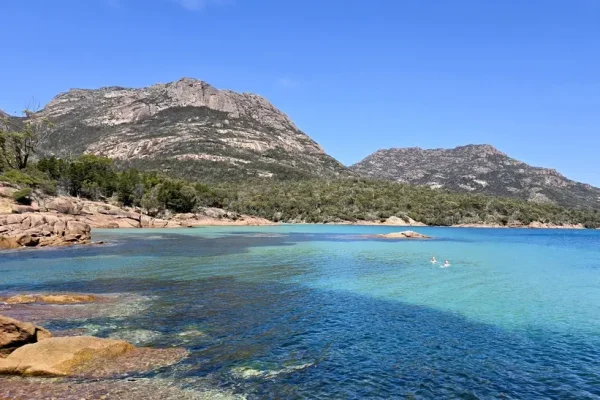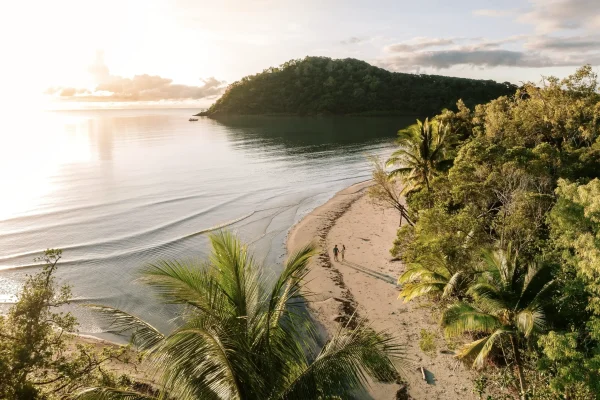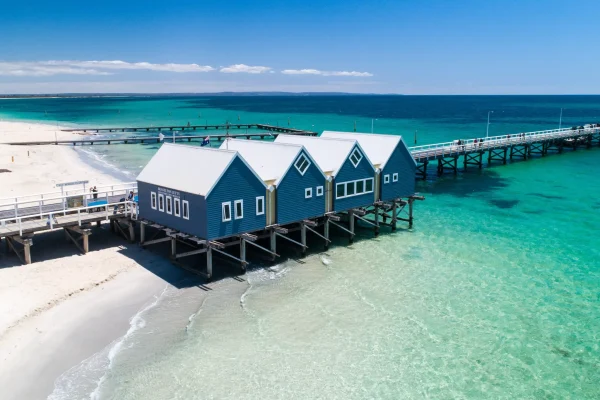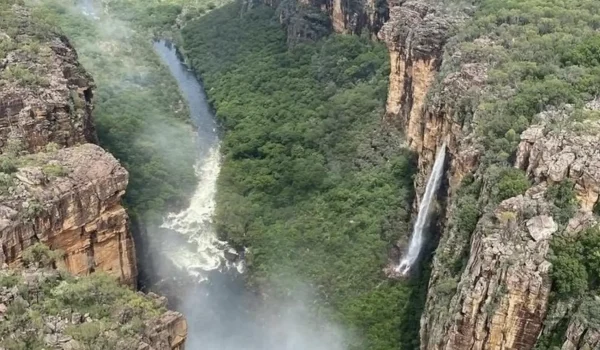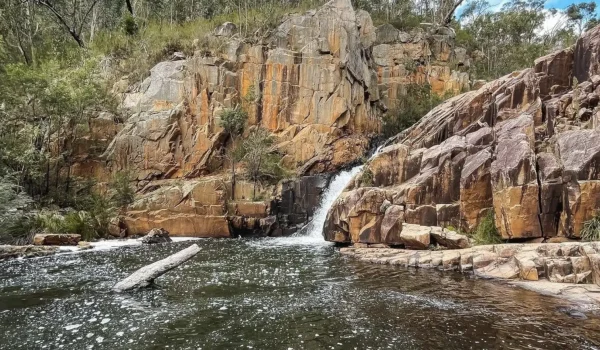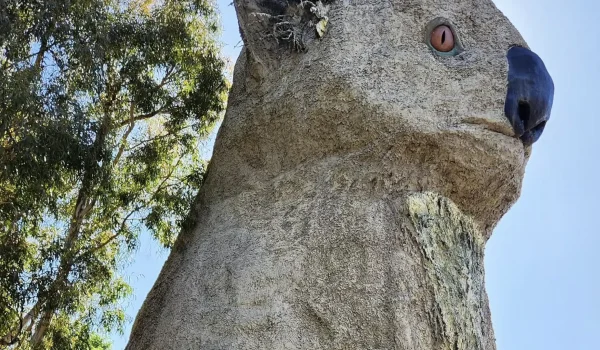Uluru, also known as Ayers Rock, is an iconic rock formation in Australia and is a place that has great cultural and natural beauty. Uluru-Kata Tjuta National Park is located in the middle of the Australian Central Desert and possesses a unique ecosystem with diversified flora and fauna. This article will highlight the remarkable biodiversity of Uluru, showcasing some important species of plants and animals, the heritage of this area, and conservation measures taken to preserve this exceptional environment.
The Ecological Significance of Uluru
As it emerges from the desert sands, Uluru is surrounded by an arid land that surprisingly supports life in all its diversity. The flora and fauna here are highly adapted despite harsh conditions (Australian Geographic Society n.p).
Flora

Endemic Plants and Vegetation Patterns
The plant life around Uluru comprises arid-adapted endemic plants. Over 400 species of vegetation occur within the park, including spinifex grass, which consists of clumps covered with sharp spines spread throughout landscapes. It plays a vital role in stabilizing dunes while providing habitats for different species.
Primary Plant Foods and Bush Tucker
Root Systems and Water Conservation
Many plants present in this region have long root systems penetrating deep water sources, whereas rainfall occurs inconsistently, making such adaptation crucial under arid conditions. For example, desert oak has long roots stretching down into underground water, ensuring its survival through prolonged dry periods.
Fauna
Native Mammal Species
Rich Reptile Fauna
With over 70 reptile species recorded in the surrounding areas of Uluru, this region has a high number of reptiles. The sand goanna or perentie, one of Australia’s largest lizards, is often seen sunning itself. As predators and prey reptiles are important components within the ecosystem.
Birdlife and Insect Species
The area around Uluru has an assortment of birds such as zebra finches or crested pigeons (Mason n.p). Besides, insects like ants and beetles along with butterflies flourish in the dry environment thereby contributing towards overall biodiversity and ecological balance.
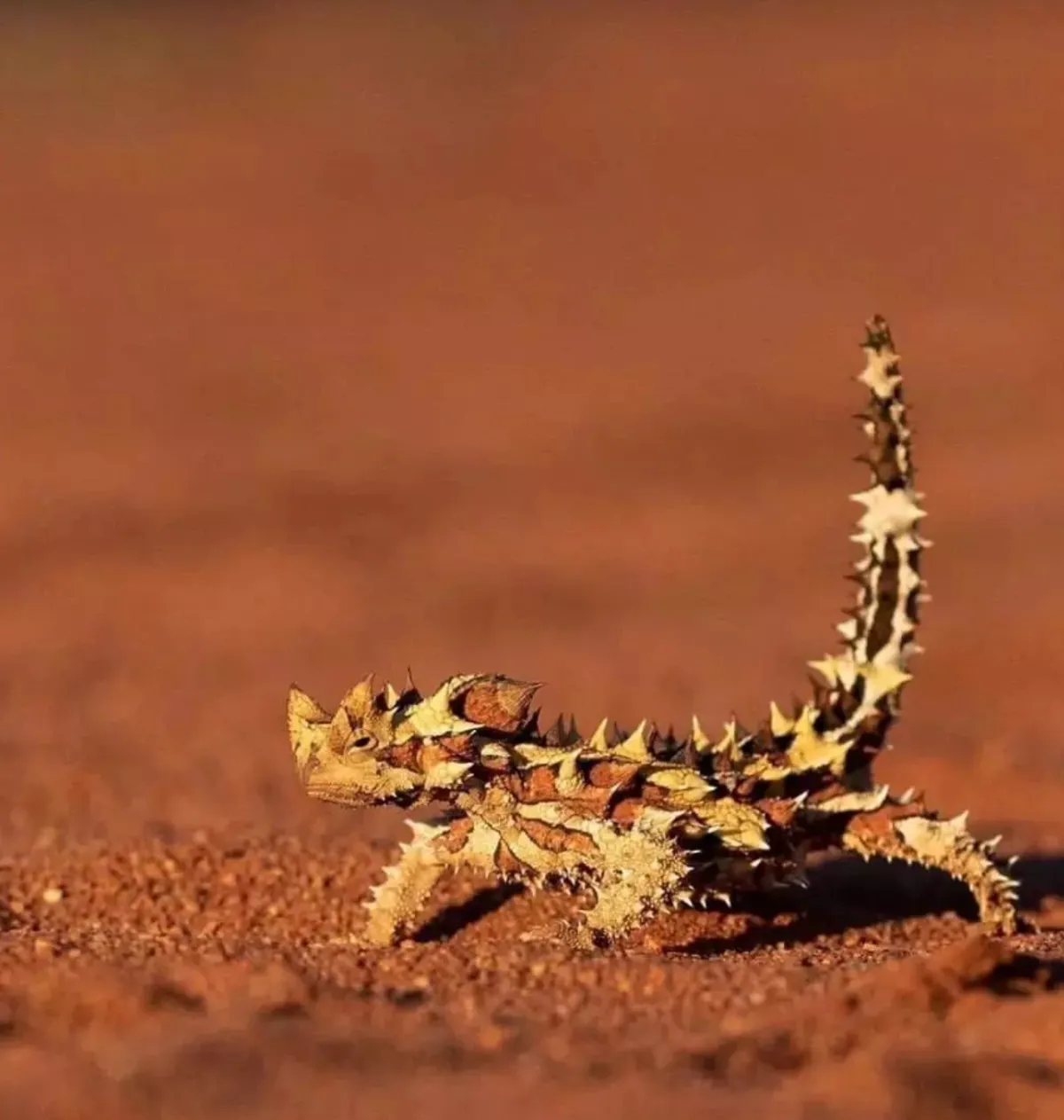
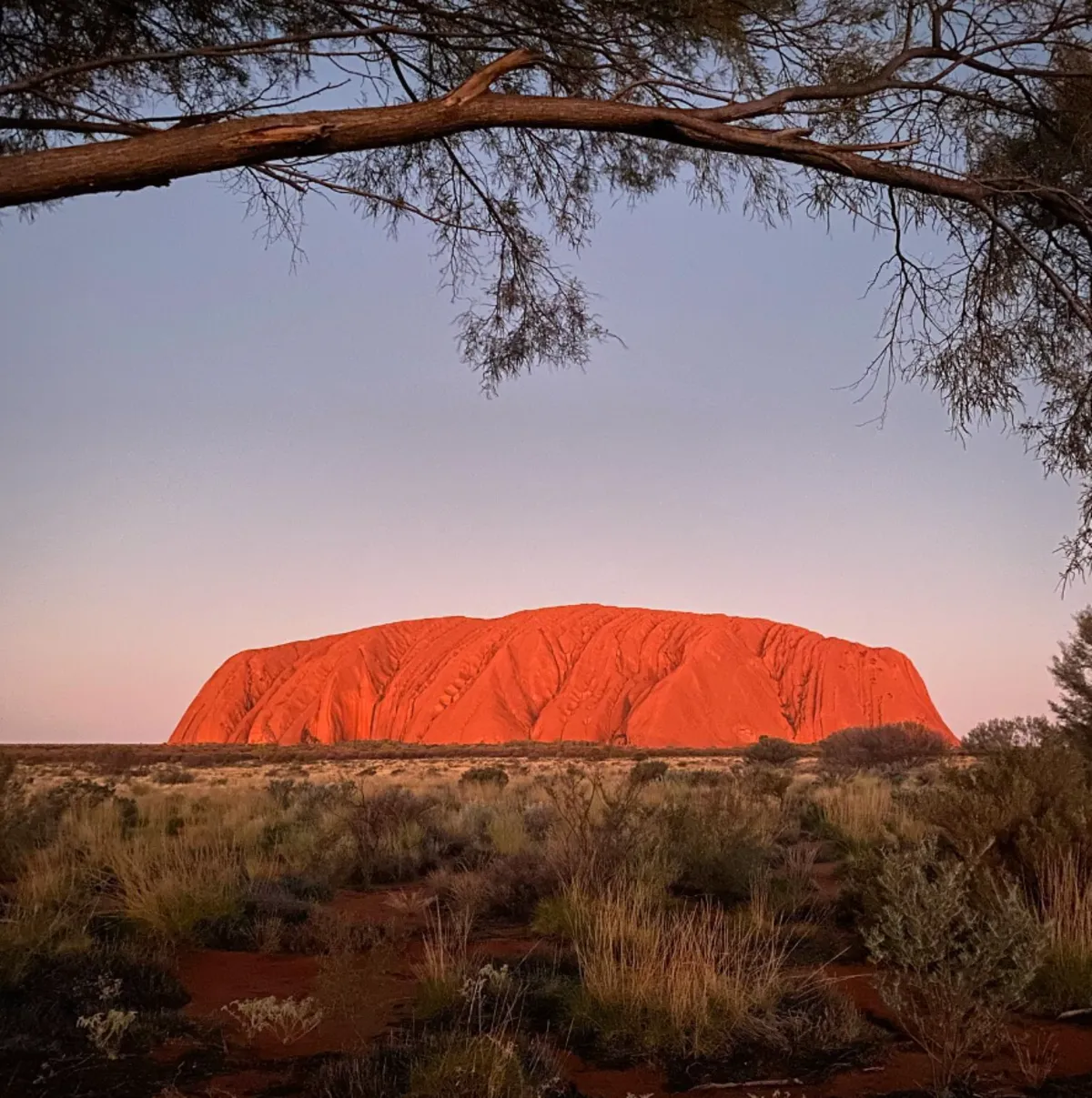
The Cultural Significance of Uluru
Traditional Custodians and Cultural Heritage
For the Anangu people, who are Uluru’s traditional custodians, it is a sacred site that holds great spiritual significance. Their cultural knowledge and practices help ensure that the park remains managed well as well as preserved. There are rock arts found in caves around Uluru that provide information about their rich cultural history as well stories transmitted across different generations from time immemorial (Masonicraft.org.au n.p).
Spiritual Practices and Conservation Efforts
The cultural landscape of Uluru is lived by the Anangu people, who carry out ceremonies and maintain traditional customs in order to preserve their identity and heritage. Parks Australia works in partnership with the Anangu community to ensure that such practices continue and conserve the park’s natural environment and cultural values.
Conservation Challenges and Efforts
Invasive Species Management
One of the greatest challenges faced in Uluru-Kata Tjuta National Park is invasive species control. Native ecosystems have been affected by foreign plants and animals brought in by European explorers and settler. Consequent to this, there are ongoing efforts to combat these species such as rabbit control program aimed at protecting the native flora and fauna.
Climate Change and Adaptation
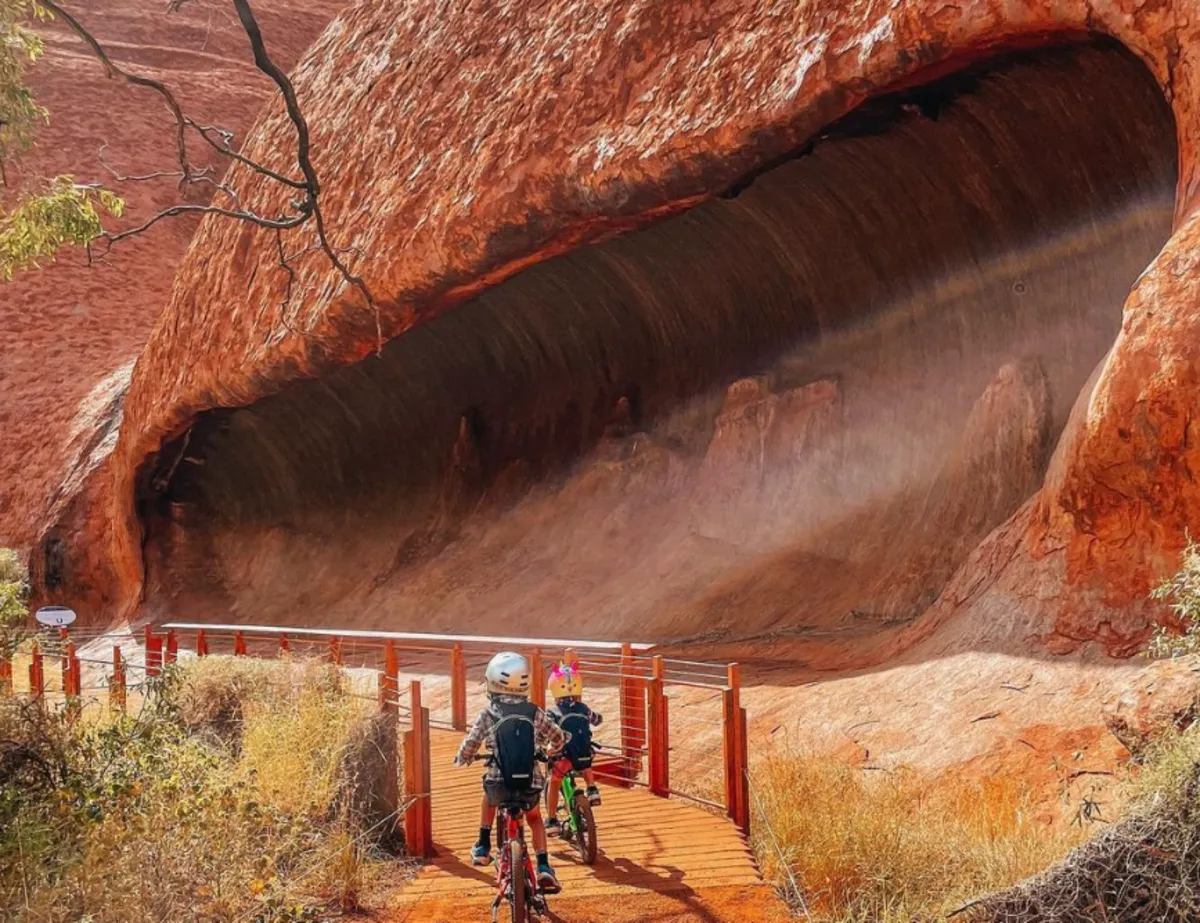
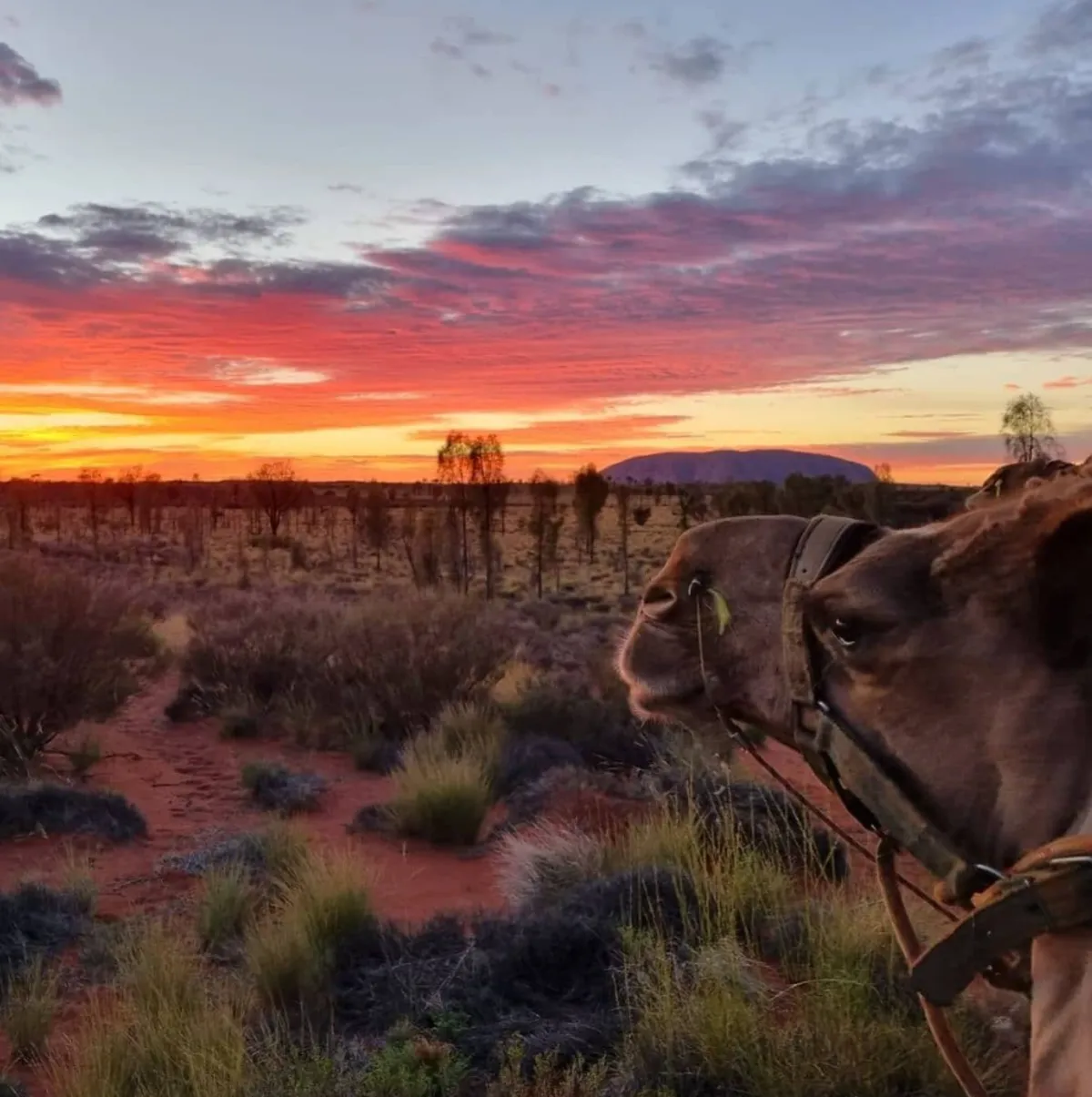
Tourist Interaction and Education
Guided Tours and Educational Programs
Tourism has a significant contribution to make towards regional economy especially through Ayers Rock Resort which offers a variety of accommodation options from camping grounds right up to luxury lodges. Mala Walks guided tour as well as Bush Tucker Journeys are some guided tours that visitors get engaged in so they can learn more about the ecological importance of their surroundings.
Visitor Impact and Regulations
Table of Key Flora and Fauna
| Category | Species/Type | Characteristics |
|---|---|---|
| Flora | Spinifex Grass | Forms prickly clumps stabilize dunes |
| Desert Oak | Deep root systems for water conservation | |
| Quandong | Edible fruit, significant bush tucker | |
| Wattleseed | Nutrient-rich seeds used in traditional cuisine | |
| Fauna | Black-footed Rock Wallaby | Nocturnal, adapted to rocky outcrops |
| Sand Goanna | A giant lizard, the predator in the ecosystem | |
| Zebra Finch | Common bird thrives in arid conditions. | |
| Perentie | One of the giant lizards in Australia | |
| Insects | Various Ant Species | Integral to soil health and ecosystem balance |
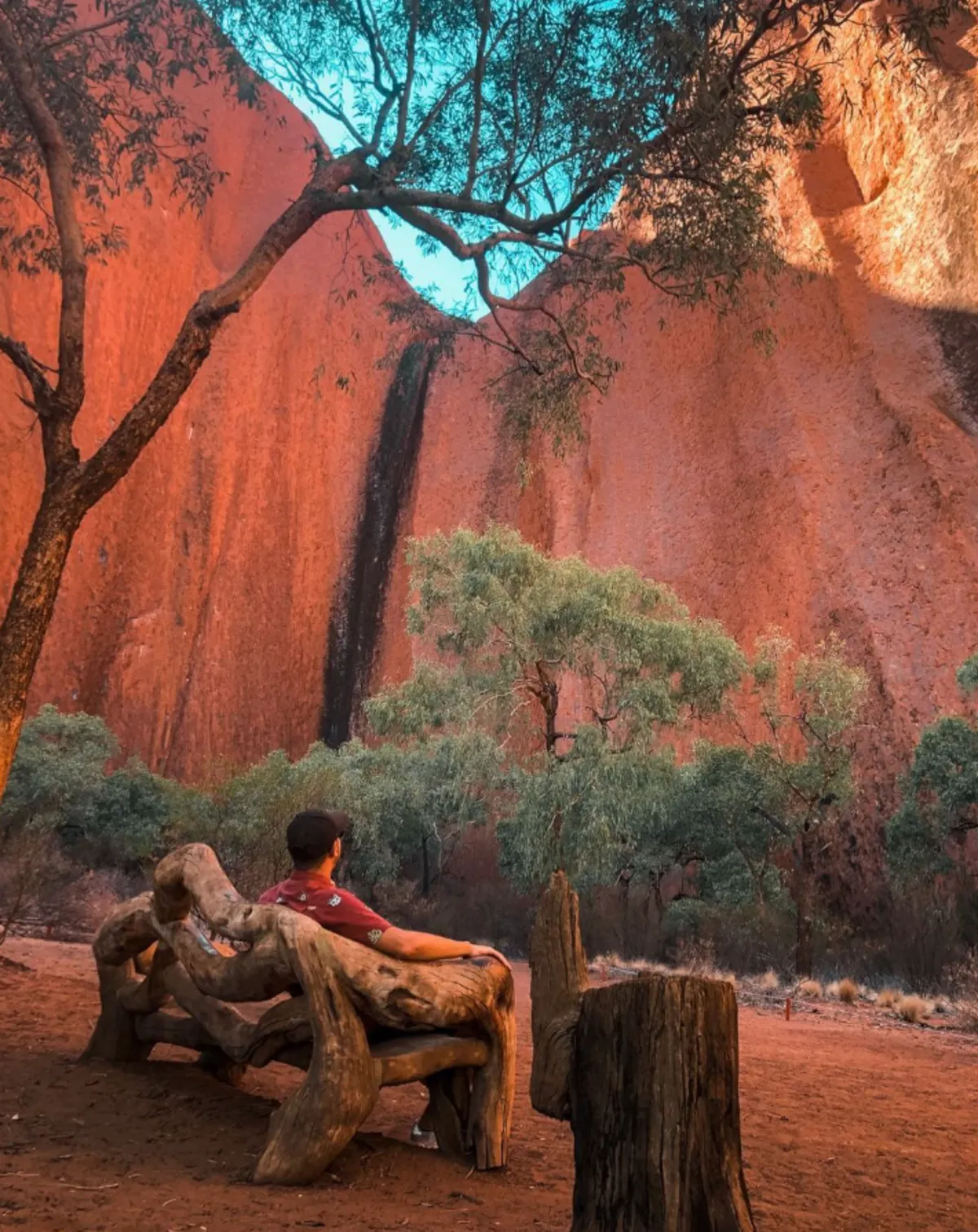
What you can see
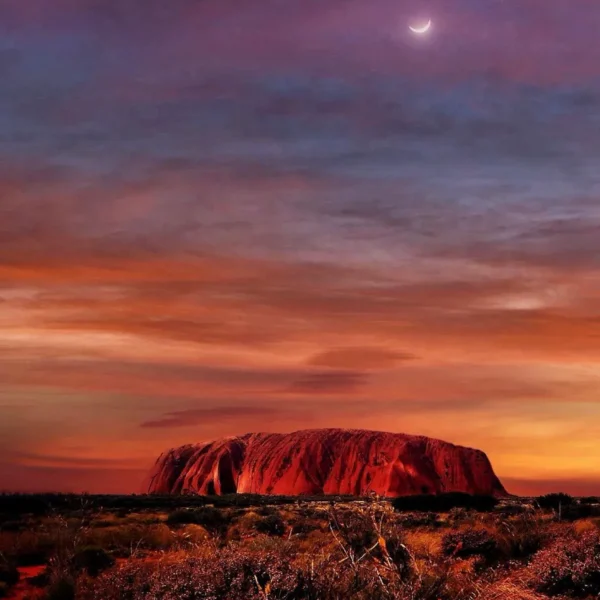
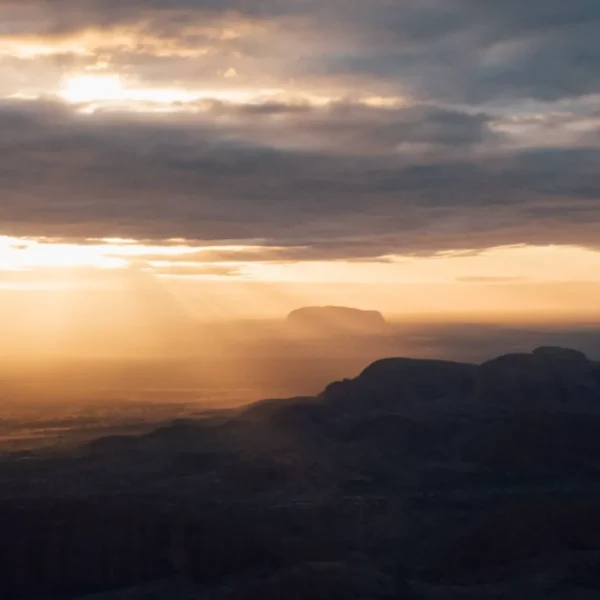
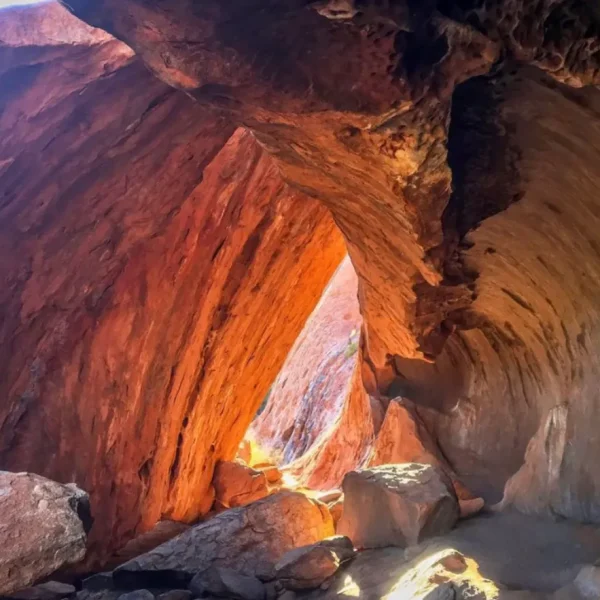

Historical Background
European Discovery and Settlement
Uluru was first seen by Europeans in the 19th century. The name Ayers Rock was given to the iconic rock formation thus named after Sir Henry Ayers, a well-known person in South Australia. The coming of Europeans brought significant changes to this landscape: introduction of exotic species, incompatible ways of land management as compared amongst indigenous people.
Aboriginal Land Rights and Management
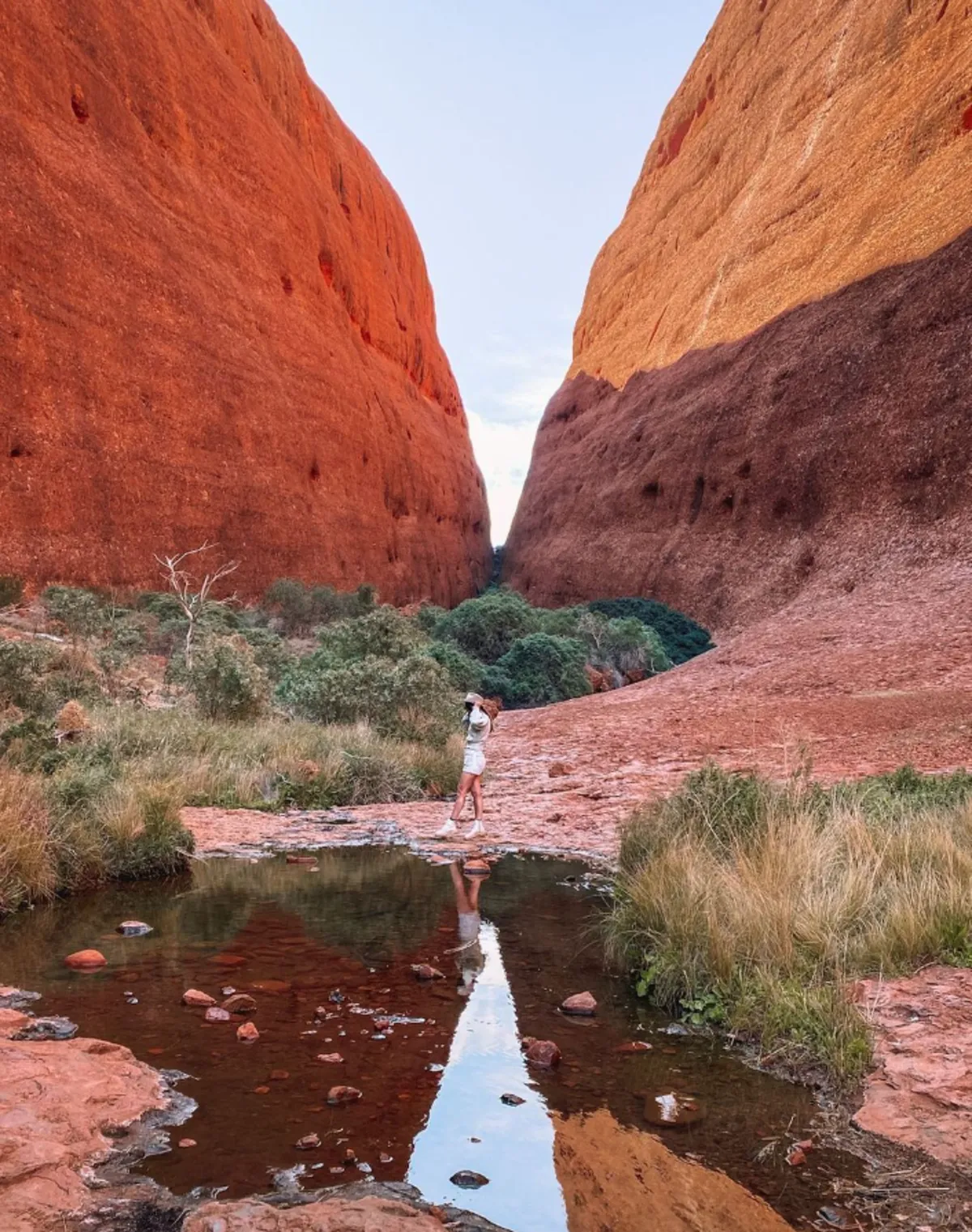
Seasonal Variations and Visitor Experience
Winter Months and Wildlife Activity
The winter months (June-August) are preferred by many visitors because they have lower temperatures. This period also witnesses greater wildlife activity, making it a perfect time for nature walking and spotting. In cooler weather you can explore better some trails or cultural sites within the park.
Summer Months and Harsh Conditions
List of Notable Walks and Tours
- Mala Walk
- Highlights: Rock art locations, cultural accounts, animals/birds’ life.
- Duration: 2 hours
- Difficulty: Easy
- Bush Tucker Journeys
- Highlights: Traditional bush foods and medicinal plants used by indigenous Aboriginal people.
- Duration: 3 hours
- Difficulty: Moderate
- Conservation and Future Outlook
- Sustainable Tourism Practices
For Uluru-Kata Tjuta National Park, it is critical that sustainable tourism practices be put in place for the park’s preservation. The measures designed to minimize the environmental impacts of visitors and encourage eco-tourism are being taken currently. For instance, Ayers Rock Resort has launched several initiatives including waste reduction schemes and use of renewable sources of energy.
Research and Monitoring Programs
Conclusion
Exploring plant life around Uluru can give you a better understanding of how resilient life can be in arid Australian desert regions. This makes Uluru-Kata Tjuta National Park unique and important due to its combination of nature’s beauty, cultural heritage and efforts towards conservation. We need to appreciate what we have by saving this remarkable wilderness so that future generations will see it with their own eyes.
FAQ
What types of plants are unique to the Uluru region?
There are many plants which only occur in Uluru such as Spinifex grass or Desert oak trees. These plants have adapted themselves to survive under local aridity conditions playing a crucial role within ecosystems.
How have animals adapted to the harsh conditions around Uluru?
How culturally important is Uluru to the Aboriginal people?
How can visitors minimize their impact on the environment?
Visitors should adhere to park rules, stay within marked paths, respect cultural sites, attend guided tours, and emphasize sustainable practices.
What efforts are being made to control invasive species in the park?
Measures put in place to control invasive species include rabbit control programs and exotic plant removal, among others. These activities help conserve indigenous plants and animals as well as maintain ecological balance.
When is the best time to visit Uluru for wildlife viewing?
The best period of time for bird-watching here begins from June up to August during winter when it’s cold and animals expose themselves more. Early mornings or late evenings provide perfect conditions for wildlife observation.


